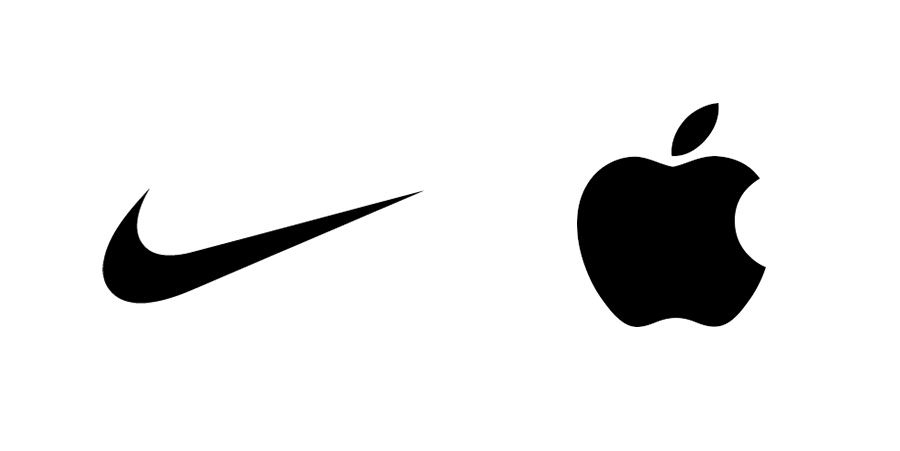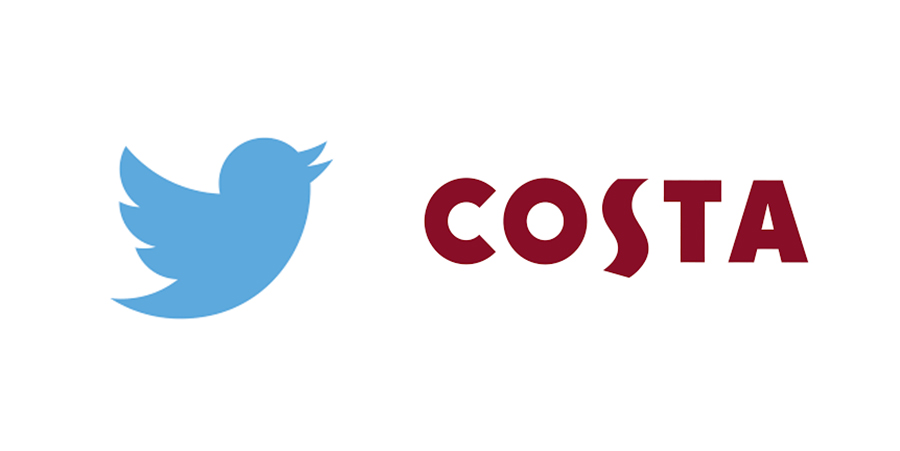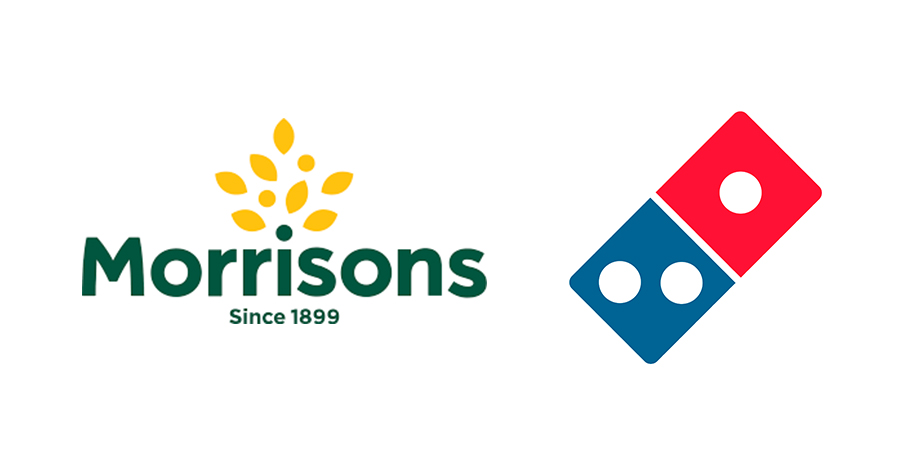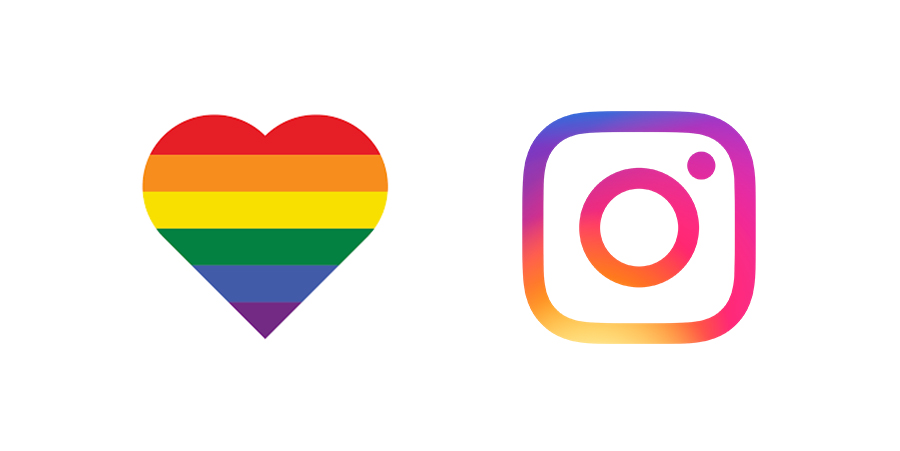Red and yellow and pink and green
Purple and orange and blue
I can sing a rainbow
Sing a rainbow
Sing a rainbow too…
The world of colour is wonderful and boundless!
However, colour is not always a common language. Ask three people to describe how a colour looks, you might be surprised. Ask ten people what a particular colour means, you’ll probably have common themes and some unexpected notions too. Mix this across cultures, continents and contexts… you get the idea.
Ok, let’s put that aside. I’m not going to get into colour meaning here. What I want to consider is not the colours themselves. I want to look at the number of colours or the colour setup in a logo.
Colour Limits
A brief piece of historical context.
When I had my first pieces of graphic design commercially produced back in 2000, colour choice in design was ruled by printing. Many printers only had one or two-colour printing machines! It cost significantly more to have multiple colours printed. This limitation affected every kind of business stationery – business cards, letterheads, reports, brochures etc (websites didn’t particularly factor back then). It is not surprising then that for most small businesses a logo in one or two-colours was the pre-2000 standard.
In 2020, printing tech and production has improved and scaled. Now, virtually every printer can produce in full-colour. And, of course, the marketing power has long since shifted to digital where colour choices are far greater than print could every achieve.
Logo Colour Setups
History lesson over. We are not commercially limited to one or two colours in our logo design! But, does that mean we should unleash the rainbow? Let’s look at four common colour setups in logos.
1. No colour Logo Design

Yes, some brands don’t have an assigned, immediately obvious or widely known brand colour.
How can they get away without one of the key features of visual branding?
It’s obvious when we think about it. They have achieved such brand visibility and awareness, by appearing on literally billions of items, that they don’t need a fixed colour or brand colour to help them be more recognisable. The name, logo, symbol – that is all they need!
The likes of Apple or Nike can apply logo colour based on content. Which colour is visually appealing or has the desired affect on a particular pair of trainers or a new iPhone model.
Let’s be realistic. This kind of brand identity success is well, well, well beyond the vast majority of small businesses.
PS – Back in the day, Apple used to have a brand colour!
2. One-Colour Logo Design

The most traditional and one of the two most popular approaches. One-colour is simple, strong and uniform. The old school approach. It feels very corporate identity (the forerunner to branding). Perhaps this is why one-colour can sometimes feel a little flat or one-dimensional, especially in the modern context where everyone is trying to maximise personality in their logos and branding. That said, colour is only one feature that can build personality. An expressive logo form can project bags of character without any colour at all!
Depending on where the logo will appear, one-colour can be cost-effective for production in some types of printing, embroidery (for logos on uniforms) and vinyl graphics for signage.
3. Two-colour Logo Design

Another popular approach. Using two colours adds another dimension to a logo. The interaction, or how the colours play together, can create more personality.
The character is added by a combination of the colour selection and how the colours are used.
The colour selection can be contrasting, analogous, complementary.
How the colour is used makes a big difference. Equal amounts or a dominant and then secondary colour. Perhaps used as an accent or highlight or to emphasise a feature.
Introducing two colours can be useful for the wider brand identity, which the logo is just part of, as using the colours elsewhere can reinforce them.
4. Multi-colour Logo Design

I’m taking multi-colour to mean three colours plus.
Multi-colour is often the most playful or fun approach to using colour. It is no surprise that we see it used in branding for young children. It also projects the idea of variety. Examples include – Instagram to suggest vibrancy and Pride for celebrating elective and inclusive communities.
As with two-colour, careful attention needs to be paid to the relationship of the colours in the logo. Additionally, taking up thee plus colours in your logo can work for or against your full brand identity. The logo will appear alongside additional textual and pictorial information on your website, in social media, print etc. If the logo has used up all of the main colour contrast choices it can be hard to find suitably different colours to articulate and add interest in the wider design of marketing communications.
The Power Of Colour In Small Business Logo Design And Brand Identity
Big brands have been persistently pushing their colours for years. The likes of Coca Cola, McDonalds, UPS, Tesco have enjoyed a huge advantage and opportunity in advertising spend and reach.
Let’s remember, as a small business, your opportunities for colour visibility (marketing, content, branded items in circulation) are much less.
To use colour to your advantage, often less can be more. One, two or three core brand colours, used in conjunction with a carefully developed logo design and congruent graphics, fonts and imagery, will help your brand to become recognisable. This is your brand identity working as one to maximise the effectiveness of your marketing.
That said, one of the beauties of being a small business is that flexibility is built in! You can break convention and mix up your colours, on occasion. Just keep it consistent most of the time.